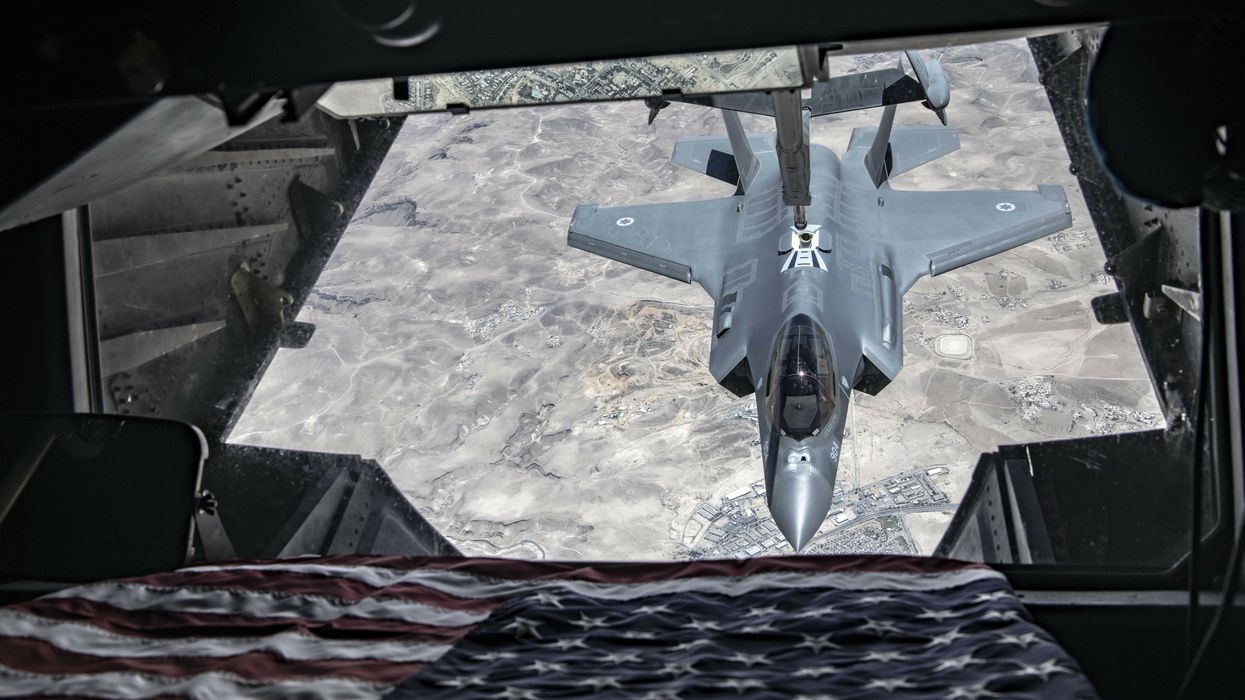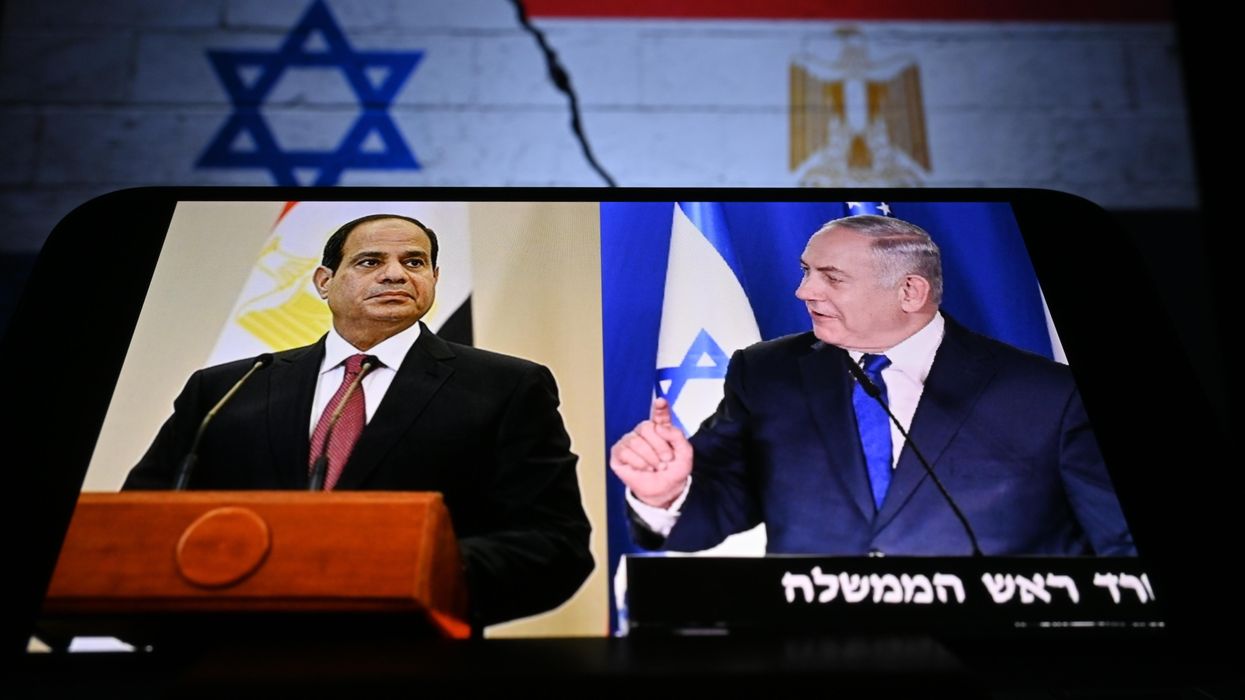Ten days of high-octane, low-profile diplomacy has produced a formula for a cessation of hostilities and peace negotiations to end Ethiopia’s war in Tigray. The Tigray government has issued a call for peace. The spotlight is now on Prime Minister Abiy Ahmed: whether he will respond in kind or will want to give war yet another chance.
The war in Tigray erupted in November 2020. The first significant steps towards a formal peace process began a year ago with the appointment of the former Nigerian president, Gen. Olusegun Obasanjo, as African Union high representative, followed by an informal initiative headed by the United States and Kenya. The Obasanjo process has languished while the informal U.S.-Kenyan process made stuttering steps.
In January, after Washington pressed the Tigrayans to withdraw their advancing army back to Tigray, the U.S. thought it had won reciprocal concessions from Abiy, including ending the blockade of Tigray and instructing Eritrea (Abiy’s partner in the war) to remove its troops from Tigray. On that basis, President Joe Biden made a phone call on January 10. In March, a “humanitarian truce” was agreed, and the two sides held secret meetings and put their commitments in writing. Abiy didn’t keep his side of the bargain, however, and Western powers, including the U.S., did not reprimand him.
The biggest challenge to keeping the talks on track was neutralizing the spoiler-in-chief, Eritrea’s president Isaias Afewerki. The former U.S. chargé d’affaires in Eritrea, Steve Walker, recently described Eritrea under Isaias as a “totalitarian” state with which it is futile to engage in constructive diplomacy. His article calls into question Washington’s approach of trying to lever Abiy apart from Isaias by using persuasion and incentives. Eritrea meanwhile emerged as a staunch ally of Russia, which it has invited to establish a naval base on its Red Sea coast.
As the peace process stalled over the summer, there were no visible international efforts to deter Eritrea. To the contrary, when briefing the African Union on August 4, Obasanjo proposed inviting Eritrea to be a formal part of the process — signaling that efforts to disengage Eritrea had failed.
After massive mobilization by all three armies — the Ethiopian National Defense Force (ENDF), the Eritrean Defense Force (EDF) and the Tigray Defense Force (TDF) — hostilities erupted on August 24. Eritrea is fully committed to the war. Not only are EDF tanks, artillery and infantry in active combat, but 12 ENDF divisions are positioned in Eritrea. According to Ethiopian sources, they are fully under Eritrean command. Isaias not only dictates the order of battle but can veto any peace moves made by Abiy.
In three weeks of fierce fighting on every front surrounding Tigray, the TDF has had the upper hand. It defeated the ENDF in Kobo on the southern front and held off an attack at Seqota in the southwest. It is holding its ground against joint ENDF-EDF attacks on its northern border with Eritrea. The fiercest recent fighting has been across Western Tigray, as far as the border with Sudan.
Covert destabilization is on the brink of exploding into a regional war. Sudan has quietly facilitated TDF supplies and allowed the TDF to recruit refugees, including a unit of Tigrayan soldiers that had been serving as UN peacekeepers in Sudan prior to the outbreak of the war and who refused to return to Ethiopia at the end of their deployment.
Sudan has a border dispute with Ethiopia over the al-Fashaga area. But Eritrea poses a greater threat. The Sudanese military establishment consists of an uneasy coalition of the regular army (loyal to the head of state, Gen. Abd al-Fattah al-Burhan), the paramilitary Rapid Support Forces (RSF) (under Gen. Mohamed ‘Hemedti’ Hamdan Dagolo) and former rebel groups that joined the government under a peace deal finalized last year. Hemedti’s RSF has a partnership with Russia’s Wagner Group. Eritrea hosts units from the RSF and some former rebels which could unleash turmoil on Isaias’s order.
If Sudan goes to war — through decision or miscalculation — then Egypt will be embroiled too. Cairo and Khartoum signed a military cooperation agreement last year. Egypt is anxious about Eritrean activities in the Red Sea and about Ethiopia’s capability to shut the sluices on the Blue Nile. It also has the potential to put its weight on the scale in favor of peace, for example by persuading Sheikh Mohamed bin Zayed Al Nahyan of the United Arab Emirates, to reconsider his ties with Abiy and Isaias.
The first U.S. public statements after the eruption of fighting criticized the Federal Government and the Tigrayans equally, calling on them to return to talks without preconditions. White House press secretary Karine Jean-Pierre raised the war at the top of her briefing on September 2. She announced that Hammer would travel to the Horn of Africa and condemned Eritrea for re-engaging in the conflict.
On September 9, news leaked that the Federal Government and Tigray government were meeting in Djibouti for face-to-face talks.
Two days earlier, Tigray’s leader, Debretsion Gebremichael, wrote an open letter calling for a cessation of hostilities with four preconditions: restoring essential services, unfettered humanitarian access, withdrawal of Eritrean troops under international supervision, and restoring Tigray to its pre-war boundaries. He laid out a roadmap for peace talks.
After the meeting, the Tigrayans clarified their offer in a statement marking Ethiopian New Year (which falls on September 11): “an immediate and mutually agreed cessation of hostilities” and “a credible AU-led peace process” — not backing down from their objections to Obasanjo. Blinken immediately issued a statement in support of the Tigrayan statement, as did the European Union, UN and AU.
If the international actors were hoping for a simultaneous or reciprocal statement from Addis Ababa, they were disappointed. The Federal Government remains silent on a cessation of hostilities. It publicly claims it has the military upper hand, and the “twitter lions” are crowing that the Tigrayan offer shows that the TDF is defeated.
Diplomats privately share their dismay at the AU’s failings thus far over the Ethiopian war. But in advance of the U.S.-Africa summit in December, Washington cannot be seen to be undermining the regional organization, which is also essential to keep China and Russia onside. Various formulae for an African-led process are under discussion.
The diplomatic pressure, however, is now on Abiy. He wriggled out of previous agreements by persuading sympathetic diplomats that he could sell the deal to his constituents only if the Tigrayans were forced to make additional concessions, or simply by going back on his promises. He argued that only he could prevent Ethiopia from sliding into chaos. The White House press secretary dropped a hint on September 12 that Abiy was being at once effusive and non-committal: “The Ethiopian government has stated its willingness to go to talks anytime, anywhere, and should seize this moment to give peace a chance.”
Abiy’s biggest problem is Eritrea—and especially what to do with his army divisions that are now effectively hostages there. This is a quandary for which he has only himself to blame.
As the contours of the deal, the battlefield realities, and the backstory of broken promises come to light, Abiy will struggle to tell a convincing story. He is playing for time. The AU persuaded the “A-3” African countries on the UN Security Council to delay a session scheduled for September 12. It's possible that Addis Ababa will make a counter-proposal, possibly along the following lines: the existing peace process, headed by Obasanjo, should continue with items for negotiation to include a cessation of hostilities and lifting the blockade against Tigray. This is a recipe for stalling.
Despite the ENDF’s battlefield losses, this approach might yet work for Abiy. So long as they can keep Tigray under blockade, the Federal Government and Eritrea have time on their side. Hunger is an efficient weapon. If the Security Council is deadlocked and the AU cannot devise a credible peace process in short order, the Tigray war will default to Abiy’s unstated logic -- give starvation a chance.
















